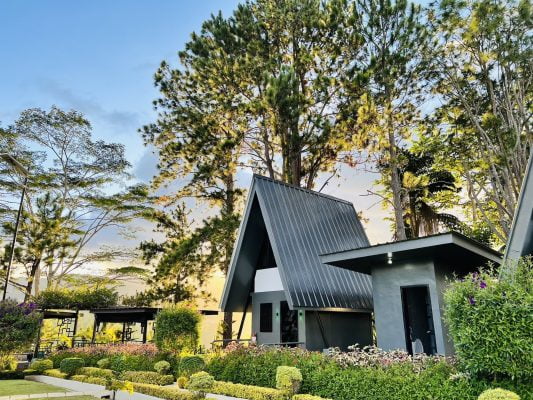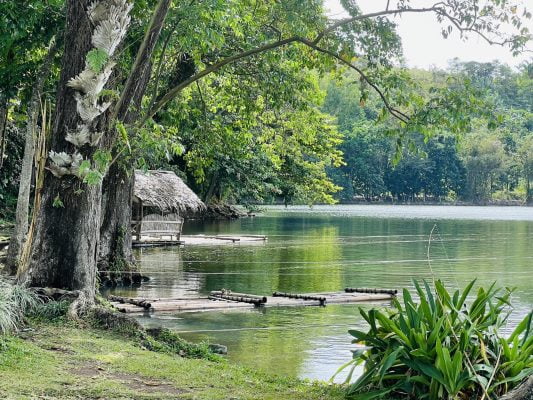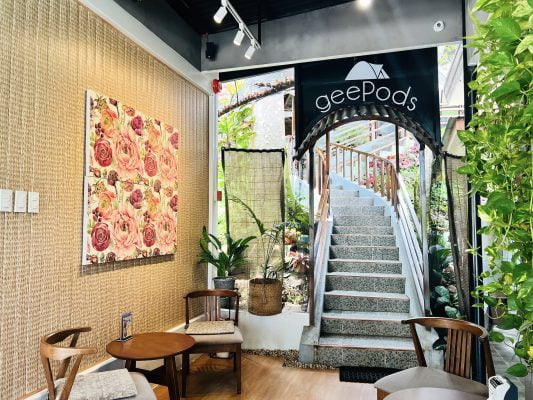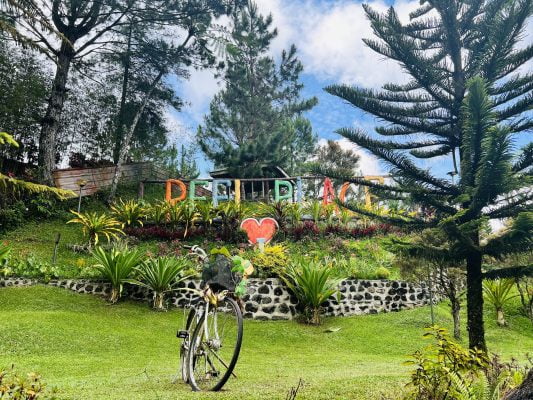
Cebu City is the capital town of the Province of Cebu having the largest land area of 291.2 square kilometers. ”Dakbayan sa Sugbo”, as the city is known in Cebuano, is located at the eastern coast of the province and is the center of Metropolitan Cebu.
It is considered as the second most significant city after Metro Manila and the oldest settlement founded during the Spanish era. Several old edifices built during that period still exist and preserved by the city government.
The city is home to almost 900,000 people; settlers from other provinces who have relocated to the city to work and do business comprise a large number of the population. The present decade has been prosperous for the metropolis with the influx of different foreign and local businesses.
Employment providers such as Customer Support Services, Information Technology, giant malls, small and medium enterprise and import-export trading have found a thriving niche in the free economic zone of the city.
A Brief History of Cebu
During the pre-Spanish period trade and commerce flourished between the natives and neighboring Asian countries like China, Malaysia, Burma, Indonesia, India and Japan. These countries have traded goods such as silk, gold, silver, precious gems, farm implements, housewares, spices and root crops.
The Portuguese explorer Ferdinand Magellan landed in Cebu in April 7, 1521 bringing with him the name of Christ to subjugate the people then governed by the Muslim Datus and Rajahs. Rajah Humabon, the king of Cebu, and 700 of his people welcomed the Spaniards and embraced Christianism. Magellan erected a wooden cross to signify the conversion of the natives.

Wanting to get more territory for the King of Spain, Ferdinand Magellan set out to conquer the neighboring island of Mactan but was killed by the local chieftain Lapu-Lapu. What remained of his troops left Cebu and went back to Spain.
People and Culture
The Cebuanos are known for their hospitality and vivacious nature. The assimilation of different regional cultures has evolved into a distinct trait that evidently contributed to the city’s prosperous economy. Hard-working, resilient, deeply religious are just some of the adjectives that describe a local.
The Spanish influence manifests in the festivals that the Cebuanos celebrate throughout the year.

The Sinulog is a week-long festival celebrated every third week of January in reverence for Cebu’s oldest relic, the image of Senior Santo Niño or the Child Jesus. The colorful mardi gras is a major tourist attraction and has enticed many followers from all over the country and abroad.
Many popular local artists in the movies and the music industry come from Cebu.
Food: What to Eat
The Cebuanos, like the rest of the Filipino people, are a rice-eating race. Chicken and pork barbeque are popular staples and can be enjoyed in fast foods and home-styled restaurants. Seafood dishes are offered in most restaurants. Cebu is also known for its delectable “lechon baboy” or roasted pig and the native sweets such as the Masareal and Otap, favorite take home gifts. Of course, there are a lot of different street foods that every visitor should try.
Climate
Cebu has two distinct seasons, the wet and dry. Wet season usually starts around June until December and the dry season comes from January until May. The hottest month is May.
Tourism
Revenues derived from tourism contribute a major share in the city’s coffers. The number of annual visitors during the festival months has increased over the years while the city strived to keep up with the demands for more hotels, shopping malls, entertainment facilities and convention venues.
Major tourist destinations in Cebu City include:
- Basilica Minore del Santo Niño which houses the ancient relic of the Child Jesus. Ferdinand Magellan gave the icon as a gift to the wife of Rajah Humabon after their baptism in 1521.
- Fort San Pedro was the fortress built by the Spanish colonizers to fortify the growing colony.
- Magellan’s Cross, the wooden marker placed by Ferdinand Magellan, has become a symbol of Christianity in the country.
- Taoist Temple is located in upscale Beverly Hills. The magnificent oriental architecture provides visitors with the panoramic view of the city.
- Casa Gorordo Museum is a newly renovated ancestral house of the first Bishop of Cebu and turned into a public museum which houses paintings of notable local artists depicting life of the 18th century Cebu.
- Cebu Heritage Monument located at the Parian Plaza in bustling Colon Street; a work of art depicting significant historical events.
- Mountain View Nature’s Park is located at Sitio Garahe Busay, just a few kilometers from downtown Cebu. The long and winding road to the park is dubbed as “bitukang manok” or chicken intestine. The place is great for family picnics and trekking.
- Tops is a popular highland viewing spot in the city. You can see Metro Cebu from here. Located atop the Busay Hills in Lahug, Tops is the perfect place to watch sunrise and sunset.
How to Get There

The city has a modern international airport with direct flights to other countries in Asia like Malaysia, Singapore, Japan, China, Hong Kong, and major domestic destinations. The Mactan-Cebu International Airport located in Lapu-Lapu City is just 15-20 minutes away from downtown Cebu. Airport Taxi service is reliable and readily available at the airport.
Another way to reach Cebu City is by the sea. The Cebu Domestic and International Port handles 80% of the country’s shipping industry in its 3.5 kilometers of wharfage. Inter-island vessels owned and operated by Cebu Ferries and Trans Asia shuttle thousands of passengers to this port every day.
In our experience, the many different booking engines online return basically the same list of airfare options with very little difference in price. Finding affordable airfare to the Philippines can be a challenging task. One way to save may be to book a flight to Manila through a site like Priceline.com and purchase airfare to Cebu through a local agency. This is just one of the many money-saving tips we discovered in the ebook Insider Secrets to Cheap Flights.
The pier is closer to the downtown area and is accessible by taxi and public utility jeeps (PUJs) that can take you anywhere at reasonable fare.
Where to Stay
Metro Cebu is home to several five-star hotels like the Waterfront Hotel and Marriot Hotel located at the heart of the bustling urban center. If you are traveling on a modest budget, you can find many medium priced hotels and “budgetels” located along major thoroughfares.
If you like the cool, balmy sea breeze better than the air conditioned rooms in hotels, go for the beach resorts dotting the coastline. Several resorts boast of informal ambiance with hotel amenities at reasonable rates.
Metro Cebu may be just a small island but it is fast becoming a city comparable to the country’s capital, Metro Manila, but minus the pollution and the horrible traffic. Life is good in Cebu.






